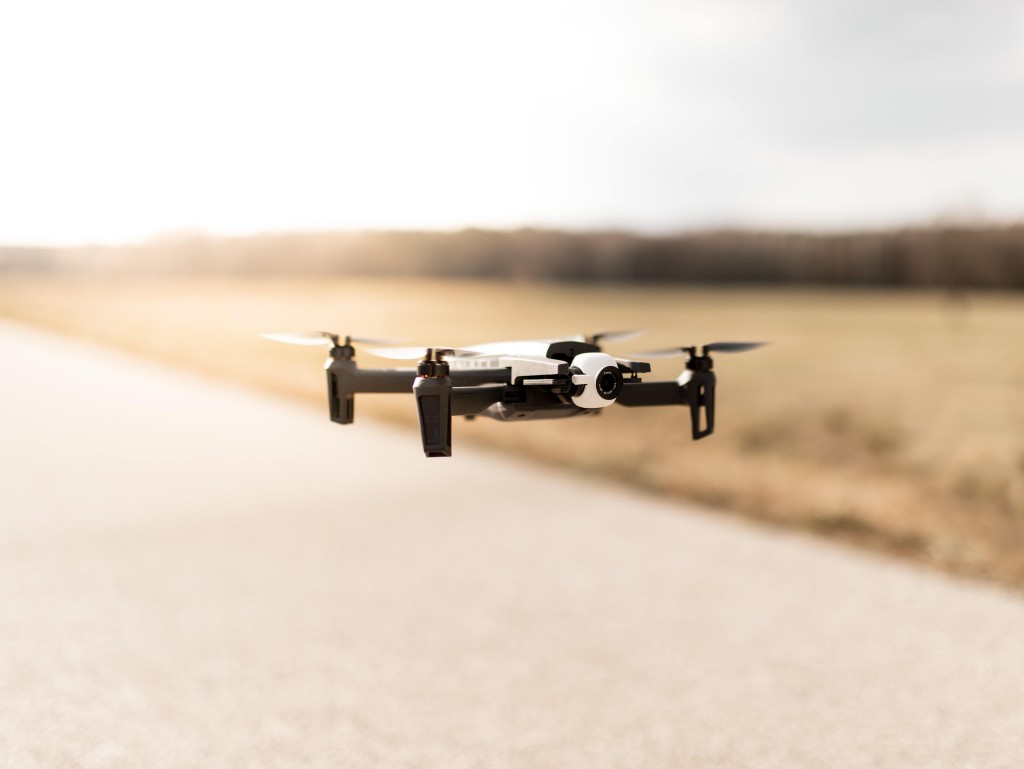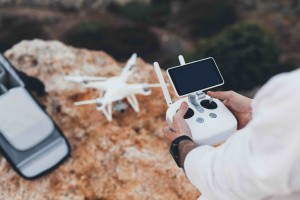
Drone filming has revolutionised the world of cinematography, offering stunning aerial perspectives that were once only possible with expensive equipment and helicopters. Whether you’re a budding filmmaker or an experienced videographer looking to expand your skills, mastering drone filming can elevate your work to new heights. Here are some essential tips for doing drone filming professionally.

Professional drone filming combines technical expertise with creative vision. By understanding regulations, investing in quality equipment, mastering controls, planning shots, focusing on composition, utilizing camera settings, incorporating dynamic movements, prioritizing safety, and honing your post-production skills, you can elevate your drone cinematography to a professional level. With practice and dedication, you’ll be able to capture breathtaking aerial footage that stands out in the competitive field of filmmaking.
1. Understand and Follow Regulations
Before you take to the skies, familiarize yourself with the local regulations regarding drone usage. Most countries have specific rules about where and how you can fly drones, including restrictions near airports, crowded areas, and private property. Obtain any necessary certifications or licenses, such as the FAA’s Part 107 certification in the United States, which is required for commercial drone operations. Always check for temporary flight restrictions and no-fly zones to ensure compliance and safety.2. Invest in Quality Equipment
Choosing the right drone is crucial for professional filming. Invest in a high-quality drone that offers stable flight, a good camera, and advanced features like GPS, obstacle avoidance, and gimbal stabilization. Popular choices include DJI’s Phantom and Mavic series, which are known for their reliability and excellent camera performance. Ensure your drone’s camera can shoot in at least 4K resolution to meet professional standards.3. Master the Controls
Proficiency in controlling your drone is essential for capturing smooth and dynamic shots. Spend ample time practicing in open areas before attempting complex shots or flying in challenging environments. Familiarize yourself with the drone’s flight modes, such as tripod mode for slow and steady shots or sport mode for faster and more agile movements. Understanding the nuances of your drone’s controls will help you execute precise maneuvers and avoid crashes.4. Plan Your Shots
Professional drone filming requires meticulous planning. Scout locations ahead of time to identify the best angles and compositions. Use apps like Google Earth or specific drone mapping tools to plan your flight paths and identify potential obstacles. Create a shot list and storyboard to visualize the sequences you want to capture. Consider the time of day for optimal lighting conditions, as the quality of natural light can significantly impact your footage.5. Focus on Composition
Just like traditional filming, composition is key in drone cinematography. Apply the rule of thirds to create balanced and aesthetically pleasing shots. Use leading lines, such as roads or rivers, to guide the viewer’s eye through the frame. Vary your shot types, including wide establishing shots, medium shots, and close-ups, to add depth and interest to your footage. Pay attention to the horizon line and ensure it is level to avoid distracting tilts.6. Utilise Camera Settings
Understanding and utilizing your camera settings can greatly enhance the quality of your footage. Shoot in manual mode to have full control over exposure, white balance, and focus. Use a lower ISO to reduce noise and achieve a cleaner image. Set a higher frame rate (e.g., 60fps) for smoother slow-motion shots. Utilize neutral density (ND) filters to control shutter speed and achieve the desired motion blur, especially in bright conditions.7. Incorporate Dynamic Movements
One of the advantages of drone filming is the ability to execute dynamic camera movements. Experiment with different maneuvers, such as tracking shots, reveal shots, and flyovers, to add cinematic flair to your footage. Combining multiple movements, such as ascending while panning, can create complex and engaging visuals. Practice these movements to achieve smooth and fluid transitions.8. Prioritize Safety
Safety should always be a top priority when operating drones. Conduct pre-flight checks to ensure your drone is in good working condition. Monitor battery levels and signal strength to avoid mid-air failures. Maintain visual line-of-sight with your drone at all times, and have a designated spotter if needed. Be mindful of weather conditions, as strong winds, rain, and extreme temperatures can affect drone performance and stability.9. Edit and Color Grade Your Footage
Post-production is a crucial step in creating professional drone videos. Use editing software like Adobe Premiere Pro or Final Cut Pro to cut and arrange your footage. Pay attention to pacing and flow to maintain viewer engagement. Color grading can significantly enhance the visual appeal of your footage, so use tools like DaVinci Resolve to adjust colors, contrast, and saturation. Consistent and well-executed color grading can give your video a polished and professional look.10. Continuously Improve Your Skills
Drone technology and filming techniques are constantly evolving. Stay updated with the latest advancements and trends in the industry. Participate in online forums, watch tutorials, and attend workshops to continuously improve your skills. Networking with other drone enthusiasts and professionals can provide valuable insights and opportunities for collaboration.
Professional drone filming combines technical expertise with creative vision. By understanding regulations, investing in quality equipment, mastering controls, planning shots, focusing on composition, utilizing camera settings, incorporating dynamic movements, prioritizing safety, and honing your post-production skills, you can elevate your drone cinematography to a professional level. With practice and dedication, you’ll be able to capture breathtaking aerial footage that stands out in the competitive field of filmmaking.

